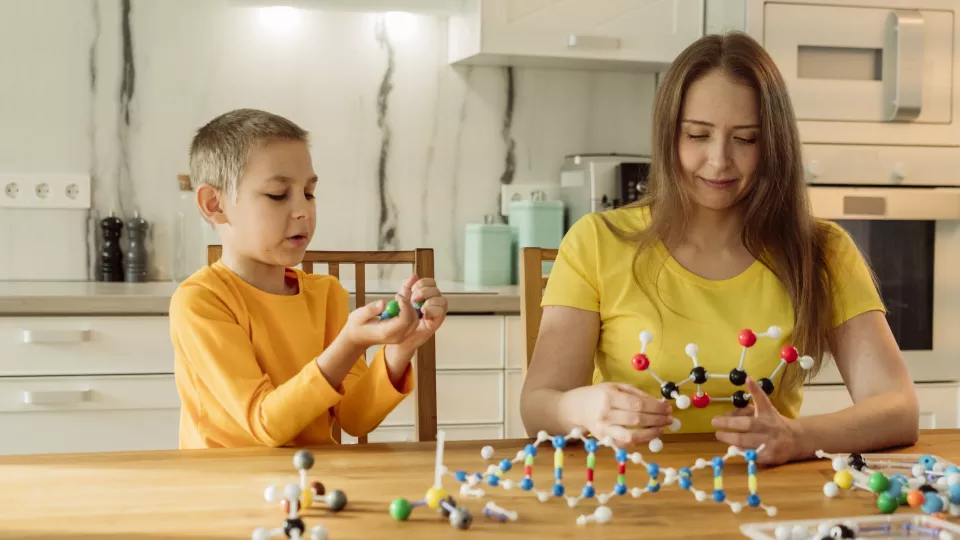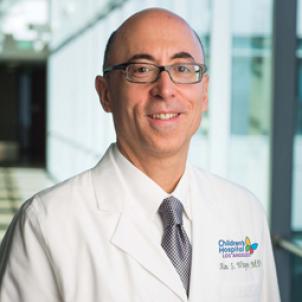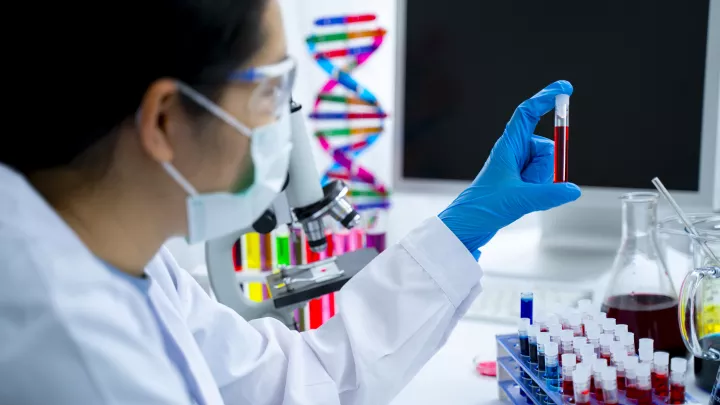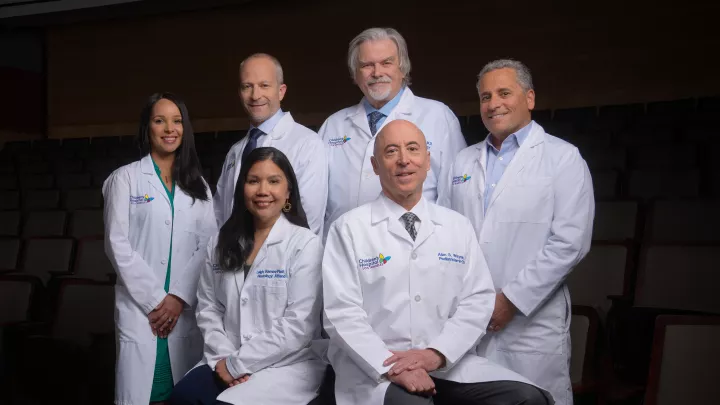
What Is Gene Therapy?
Every cell in your body holds a unique genetic code within your DNA, inherited from your parents. The segments of your DNA called genes determine nearly all your body’s characteristics and functions.

“Our genes, within our chromosomes, are basically our internal computers,” explains Alan S. Wayne, MD, Pediatrician-in-Chief at Children’s Hospital Los Angeles.
Your body’s chromosomes are made up of DNA and proteins that help tightly package the DNA, which is made up of four genetic bases (“alphabet letters”) arranged to spell out your genetic code. Together, chromosomes, DNA and genes instruct your cells on how to act in your body.
When even one tiny section of a person’s genetic code becomes mutated or modified, cells can begin to act out of order—leading to a variety of conditions ranging from cancer, to blood disorders like hemophilia and sickle cell disease, to congenital blindness and neuromuscular diseases.
The next generation of medicine seeks to pinpoint these faulty pieces of code to stop or slow disease at its source. It’s called gene therapy.
How it works
Gene therapy seeks out the root cause of disease by targeting a single gene within a person’s cells. “As techniques advance, treatment becomes more and more specific,” Dr. Wayne says. He compares it to editing a book: “Instead of cutting and pasting a whole paragraph or chapter, you're now going in and just changing a few letters or words.”
Modern gene therapies work in several ways:
- Gene replacement—delivering a healthy copy of the gene to replace the defective one
- Gene silencing—inactivating or “turning off” a defective gene
- Gene editing—adding, removing or altering specific parts of the gene
Learn more about how gene therapy works.
The promise of gene therapy
Gene therapies can be lifesaving or life-extending and have the potential to offer greatly improved quality of life for patients and their families. With more than 1,000 gene therapies currently in clinical development, experts predict gene therapy will become one of the most important new medical treatments of our future.

To achieve the benefits of early treatment, genetic screening of newborns is performed for an increasing number of disorders. For Brittany and her now 4-year-old son, Greigh, a screening helped catch a congenital neuromuscular disorder that occurs in only 1 in 10,000 kids. At 5 weeks old, Greigh received the gene replacement therapy Zolgensma at CHLA. By 10 months old, he was walking—a feat his family and doctors never thought possible before the treatment.
For Greigh and many others, genetic testing ensures patients can be treated before they’ve even had symptoms. “What's most exciting for me as a pediatrician is that gene therapy is preventing diseases and symptoms, not just treating them after they've already manifested themselves,” says Dr. Wayne.
Gene therapy innovation at CHLA
Specialized medical expertise is paramount in pediatric gene therapy research and treatment, Dr. Wayne emphasizes. “You must have very specialized technical skills in the first place to make and/or give novel gene therapy products,” he says. “Then you must have experience in managing unique toxicities associated with specific types of gene therapy.”
CHLA’s history in gene therapy specialty and innovation dates back to the 1990s, when researchers at CHLA and the Keck School of Medicine of USC received a grant from the National Institutes of Health to construct one of the first academic cell and gene manufacturing facilities in the nation under the Food and Drug Administration’s current good manufacturing practice (cGMP) standards.
In 1996, researchers in this cGMP facility developed a new pediatric stem cell gene therapy, supporting the first clinical trial and the first cures for newborns with a severe type of immunodeficiency known as ADA SCID. Six out of 10 newborns who participated in that trial were treated at CHLA. The facility was also used to develop the first pediatric stem cell gene therapy to treat children with HIV.
Today, CHLA continues its commitment to accelerating next-generation research and care as the largest pediatric provider of pediatric cell and gene therapies on the West Coast.
CHLA currently offers ten cell and gene therapies approved for children by the FDA.
“Some of the treatments we're advancing have been shown to slow and stop disease progression for the most difficult-to-treat conditions,” says Dr. Wayne. “These treatments are paradigm changing from my perspective, as someone at an institution that’s providing care for more kids with complex disorders than any other hospital in California.”
Potential risks
Research investigating the best methods and protocols for gene therapies is a continuous and rigorous process. Clinical trials for gene therapies are closely monitored by the FDA and the National Institutes of Health.
While therapies may be delivered on a one-time basis, patients require highly specialized care and monitoring for months or even years following treatment to mitigate the risk of complications.
The risks of gene therapies are specific to each treatment. Examples include temporarily compromised immunity, a negative immune response, damage to a patient’s healthy cells, and gene toxicity.
“It’s not one-and-done,” explains Dr. Wayne, emphasizing the importance of expertise in advanced pediatric disease treatment. “You need to have very comprehensive teams to oversee care and try to prevent adverse side effects. It’s important to have the infrastructure and the skills ready to monitor for anything that could happen next.”


